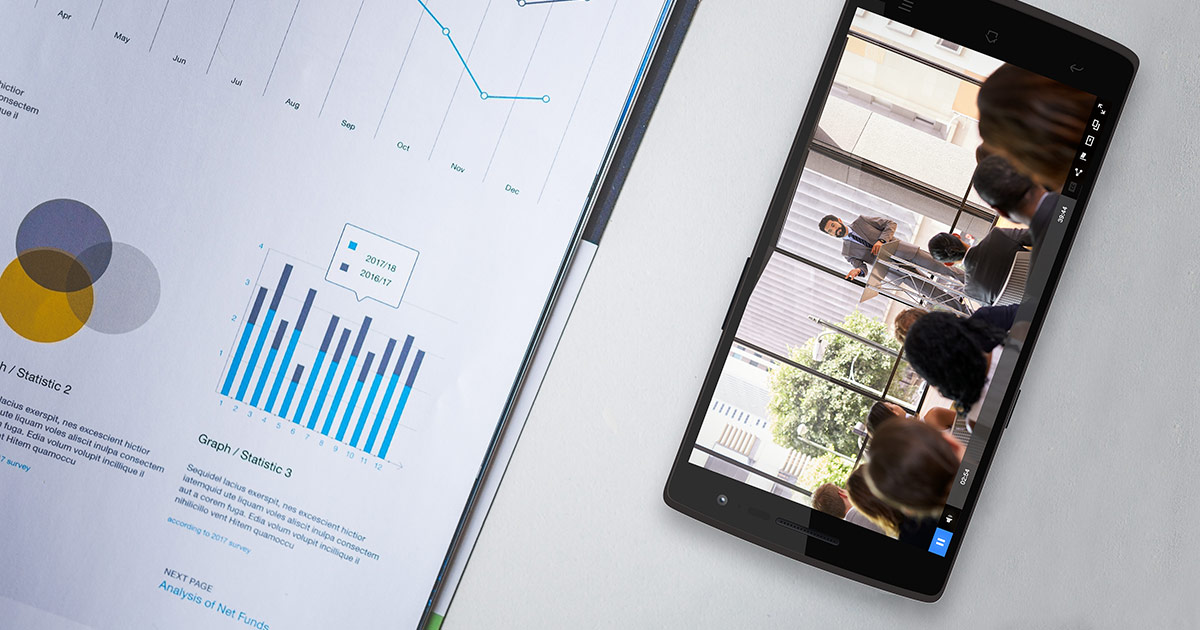
As smartphones have advanced, more and more people are reaching for their phones to record and share video content — even in the business world. From capturing some trade show footage to an impromptu interview with a product expert, there can be a variety of use cases that might prompt something to be captured from a smartphone for enterprise use.
But is it possible to create quality videos using just your iPhone or Android device? We’ll cover some tips to help you shoot better enterprise video with your phone. As a result, this will set up you or others in your company to be better prepared to capture something that looks high quality right from your phone. If you are planning to use your phone to do a live broadcast, also be sure to download our 5 Pro Tips for Live Video Production datasheet as a guide.








